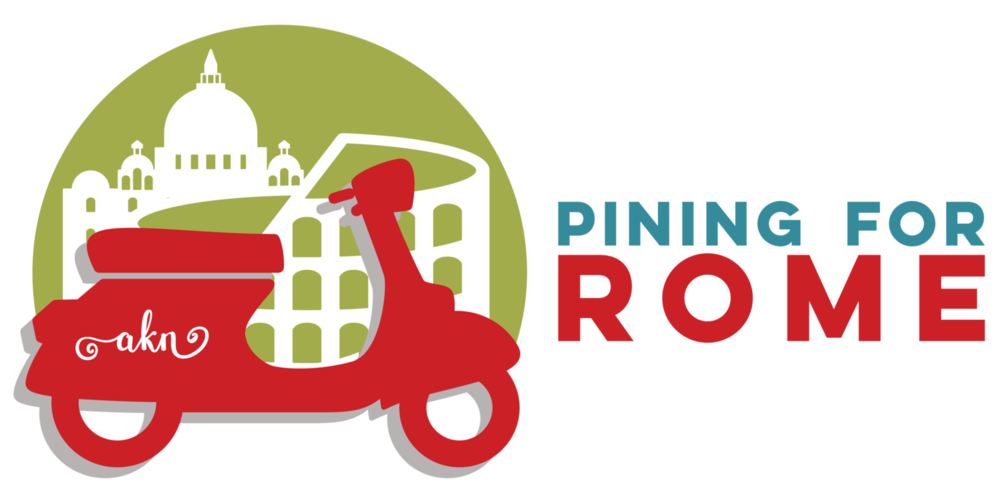Michelangelo & The Sistine Chapel
The Sistine Chapel Frescoes Revealed
““Finally, on October 31, 1512, the chapel’s doors were opened and Romans flocked to see the wonders therein. Michelangelo’s work created an immediate sensation in the city and beyond. In covering the enormous space with a program of panels and tremendous figures, Michelangelo had solved the problem of perspective that faces many muralists. The ceiling is impossible to see all at once, even though it soars sixty feet above the floor. No seat in the chapel has a better view than another—and all views are beautiful.
”Julius II, pleased with Michelangelo’s work as well as with the hubbub it had created, showered the artist with gifts. However, Michelangelo never felt he was fairly compensated for his work, and he complained bitterly. For his part, Julius II, seeking to make his monument even grander, approached the artist about adding gold and ultramarine to the figures. He asked Michelangelo to reassemble the scaffolding and add sparkle because without it, he said, “It will look poor.” Michelangelo, reluctant to incur more expenses and to rebuild the scaffolding, replied, “Those who are depicted there, they were poor too.”
”With Julius II’s death in 1513, Michelangelo could have been forgiven for thinking he would no longer be pestered by the pope about the Sistine Chapel. And, indeed, that was the case for no fewer than twenty-three years. But in 1536, he would be called back to the chapel again, this time to paint the altar wall for a very different kind of pope.””
For the whole story:
The creation cycle including the Creation of Adam, the Creation of Eve, and the Expulsion from the Garden of Eden.
Michelangelo devised a system of organizing the ceiling frescoes painting in architectural elements using a technique called trompe l’oeil — to fool the eye. It is all pigment and plaster.




